Oct. 16, 2008 – They call themselves "Greens." They are left of center, environmentally progressive and despise the country's two-party political system. While this movement has long called Rogers Park home, it has quietly gained speed throughout the rest of Chicago.
They are the Green Party of Illinois. And with Rich Whitney's success two years ago collecting nearly 11 percent of the vote statewide as the third-party candidate in the gubernatorial election, the Greens broke the state's threshold of 5 percent that is required to be recognized as a major party. This makes it much easier for Green candidates at every level to get on the ballot in Illinois.
Now a record number of Green Party candidates — 60 across the state — are running at county, state and federal levels. Fifty of those are slated to be on ballots in Cook County, nearly the number of candidates the Republican Party is running in Cook County.
"We're actually vying to become the second party in Chicago, and we're in a good position to do that," said Green Party spokesman Patrick Kelly.
Green Party candidates are the only challengers taking on Democratic incumbents in two state legislative races covering Rogers Park on the city's far Northside. In Senate District 7, Tom Durkin is taking on Sen. Heather Steans, and in House District 14, the Greens are running John Beacham against Rep. Harry Osterman.
"This whole thing is to give people a choice, which is not something you often get in Chicago," Kelly said.
Beacham, a three-year resident of Rogers Park and English teacher at Harper College, said the neighborhood community has embraced the Green Party as an alternative to the Democrats.
"What I want to do is try to reach as many people as possible," said Beacham, 40, who is also a member of the Party for Socialism and Liberation and is active with the ANSWER (Act Now to Stop War and End Racism) Coalition of Chicago. "I'm running to promote independent grassroots activism as a means to best accelerate the end of the war, stop the gentrification of Rogers Park and to support statewide healthcare."
Steans, the freshman senator in Illinois 7th District who faces Green Party candidate Tom Durkin, acknowledged the high number of Green Party candidates running this year.
"Whether that will continue," she said, "it's hard to tell. I think a lot of dissatisfaction with the current governor enabled that."
Democratic Gov. Rod Blagojevich, who won the 2006 election, has been accused of enabling pay-to-play politics and is under federal investigation.
But Durkin hasn't formed a campaign committee and hasn't raised the minimum $3,000 that would require him to file finance reports. In contrast, Steans raised nearly $120,000 in the first six months of this year.
David Fuchs, political expert and one of the original organizers of the Chicago Police Department's community outreach program CAPS, said he wouldn't be surprised if Green Party candidates who aren't actively campaigning still collect a significant number of votes.
The political "machine" under Mayor Richard J. Daley doesn't exist the way it used to, Fuchs said. Loyalty to the Democratic Party in Chicago continues, but many more people are taking a stand against corruption, Fuchs said, making the Green Party is a good alternative.
"There is a real culture in Rogers Park for civic activism," said Fuchs, who sees it as a carryover from the civil rights movement of the 1960s — an era when many activists began calling Rogers Park home. "Look at (50th Ward Ald.) Joe Moore. He's not a typical Chicago alderman, and he represents that attitude of Rogers Park."
David Fagus, 49th Ward Democratic Committeeman said Greens have seen success only on the very local level.
"I think that the Green party phenomenon in Rogers Park and the immediate surrounding area is attributable to the very liberal population we enjoy," Fagus said, speculating that might be where it ends, for now. "State representative and state senate races are too big for a local neighborhood collection of Greens to band together when you are talking 100,000 or 200,000 per district."
The Green Party is still a long way from being a mainstream political party, said Kent Redfield, political science professor emeritus at the University of Illinois at Springfield. Part of the issue, he said, is Greens largely attract a certain demographic: higher income, college educated and urban dwelling.
"If you're going to be a viable alternative to the Democrat or Republican Party, you've got to broaden your base," Redfield said.
Redfield said in U.S. history, third parties surged following situations of social hardship, such as after the Great Depression. But those third-party followings were soon enveloped by one of the two major parties.
Robert Rudner, 49th Ward Green Party Committeeman, co-founded the Chicago Greens in 1987. He called attention to the differences between Greens and Democrats, including, most importantly, he said, "an ecological point of view and an ecological lifestyle."
But Redfield said the Green Party needs more than then environmental card.
"If you're just an environmental party, nowadays everyone is an environmentalist," Redfield said.
Fagus believes the Greens have an opportunity to make an impact on issues, but said the political environment is not there for them to win over a Democrat yet.
Thomas O'Brien , Green Party candidate for Cook County state's attorney, said the Green Party is focused on building that long-term third-party foundation.
"The history of third parties has been compared to a bee — they sting and then die," he said. "The party must run candidates in as many races as possible to ensure that voters begin to recognize that there is a third option."
If the Green Party could get 5 percent of the votes nationwide this year, then the party could get access to federal matching campaign funds, approximately $85 million.
"Without the funds it will be hard for a Green candidate to win in high, population areas," O'Brien said.
The closest the Green Party has come was during the 2000 presidential election where Ralph Nader received over 2.8 million votes, 2.74 percent. Although he fell short of that 5 percent, the election did qualify the Greens for ballot status in many new states.
"I believe that as things are currently structured, there is little opportunity for the Green Party to win," Fagus said.
Kelly is optimistic the Green Party will continue on past this November's election as a viable third option.
"A lot of people over the past couple years have really embraced this green lifestyle. We as a party have been talking about that for a long time," he said. "I would encourage people to look at the candidates and really try to figure out who is going to be green when they're elected."
Categories:
City Life Eco & Environment Editor’s Choice Energy & Utilities Local Politics Politics Public Statewide
Tags:
environment green party rogers park


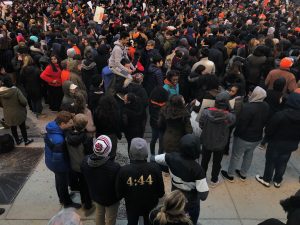
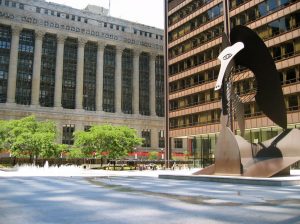

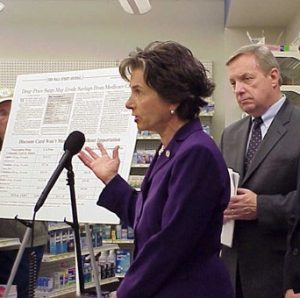

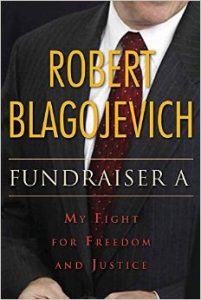

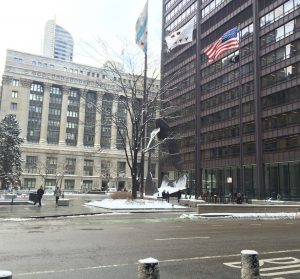
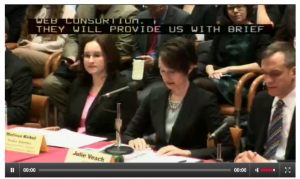
Be First to Comment